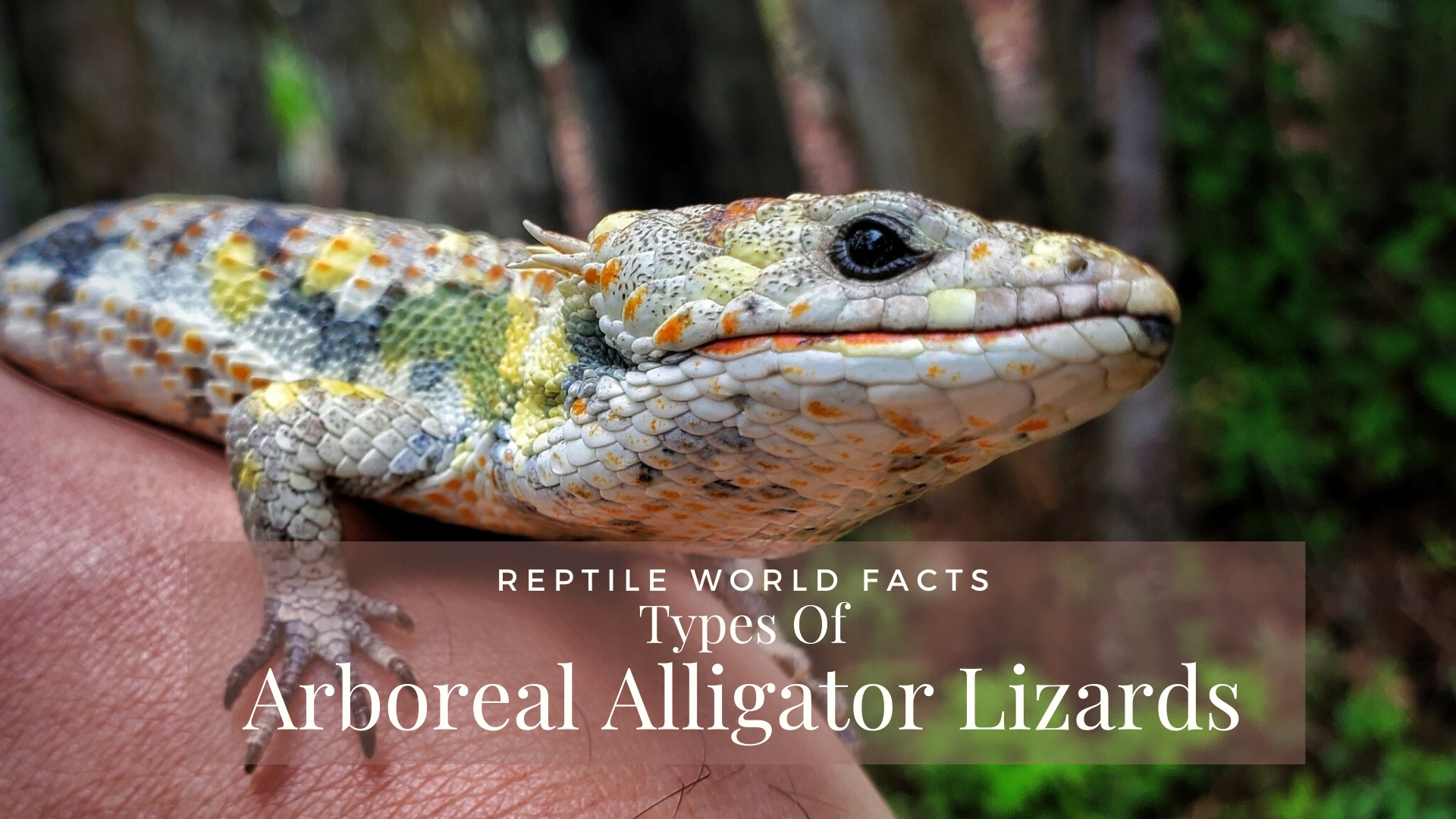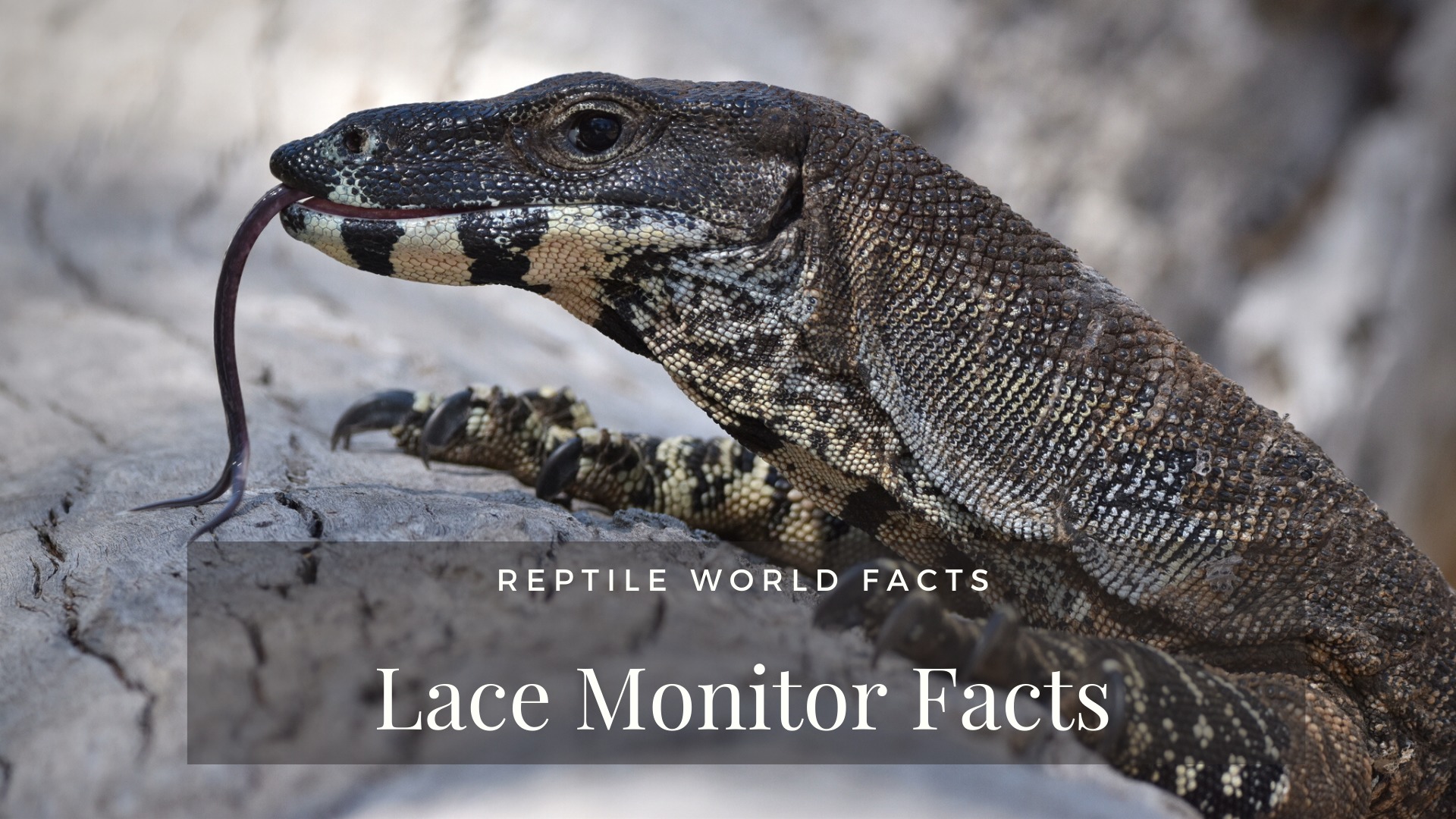Banner Photo: Source
Quick Facts
Scientific Name: Naultinus gemmeus
Common Names: Jewelled Gecko
Geographic Range: South Island of New Zealand
Life Span: Thought to be 16-30+ years, numbers are unknown.
Conservation Status: Near Threatened
Top 10 List – Jewelled Gecko
1. A Jewelled Appearance

Source
Jewelled Geckos have an absolutely beautiful appearance to them. While there can be differences in appearances which we will get into later, they do have a general appearance to them that we’ll get into. Jewelled geckos are mainly a green to olive colour. They will either have rows of stripes running down their back, or a beautiful diamond pattern that inspired their common name. The striped/diamonds can be a pale green, white, or various shades of yellow, and are generally outlined in a black or dark brown colour. Their underbelly is a pale greenish yellow or grey, and may have striped or streaks running through it. Their eyes can range from olive to brown.
While not always true, it appears that females more often will have the jewelled pattern running down their backs, and males are more likely to have the stripes or no pattern at all.
They have an average length of 18cm including their tails, and can weigh up to 15 grams.
2. Geographic Location
Jewelled geckos are endemic to the Southeast of the South Island of New Zealand, meaning that this is the only place in the world they are found naturally. Two main populations exist one somewhere on Otago Peninsula, and the other on the Banks Peninsula. A small fragmented population may also be found between the two main locations.
3. Subgroups of the Jewelled Gecko

Jewelled Geckos have two main and one smaller subgroup that is based on where they are located. However it is worth mentioning that they all still have the same scientific name. The two main locations are the ones located in the Otago and Banks Peninsula, and the third is the small fragmented population in between the two.
In the Banks Peninsula population some of the males have developed a grey, brown and yellow, or purple with white markings colouration. Both males and females have a pink mouth lining with a pink or orange tongue. In Otago all of the geckos male and female are green with yellow and white markings. Their mouth has a lining of blue and they have a black tongue. In the small population in between they ten to be a solid green colour.
4. Home of the Jewels

Jewelled Geckos can be found in diverse woody vegetation, drylands, and scrublands. They live in a variety of different trees, like beech trees, but jewelled gecko’s main preference are the scrub type brushes of their habitat, such as manuka, matagouri, and mingi-mingi bushes. Some may also occasionally be found in rocky outcrops and boulder fields as there is an easy escape from predators and these areas can be a safe refuge from fires.
5. Pregnant Momma Geckos
Jewelled Geckos are viviparous, meaning that instead of laying eggs like most geckos, they give birth to live young. Jewelled Geckos reproduce annually. Pregnancy lasts for around 7 to 8 months, and the mother will give birth to one to two babies sometime in the Autumn. These babies can take up to 4 years before they reach full maturity.
6. Omnivorous Geckos
Jewelled geckos are omnivorous geckos. They feed on both insects such as moths and flies, and on berries from the Coprosma plant. As with other New Zealand Geckos, they may also occasionally feed on nectar from various types of flowers.
7. Behaviours of the Jewelled Gecko

Jewelled geckos are diurnal, which means they are awake during the day. They bask in the sun in various spots during the day in order to regulate their body temperature. It is especially common to find pregnant females basking in sunny spots, as this is thought to help with the development of the baby geckos.
Jewelled geckos live in various bushes and trees in their habitat, and to help them get around they have a prehensile tail that they can use almost like another limb. Because of how much they use their tail to help them get around, they are less likely to drop it than other geckos.
8. Threats
There are three main threats to the Jewelled gecko that are contributing to their near threatened status. The first is habitat degradation. This can include farm animals grazing, burning/fires, herbicides, and general habitat destruction for farming and urbanization. These geckos are also threatened by introduced predators such as rats, weasels, goats, ferrets, cats, and possums. And lastly, poachers. Poachers will try to illegally capture jewelled geckos in order to sell them in the pet trade for a huge profit, as they are not easily obtained and people will spend more for them.
9. How to Help These Geckos

While protecting all wildlife from threat is important, since the Jewelled Gecko is near threatened it is extra important to do so. There are various ways to help out these geckos, such as maintaining safe zones of potential habitats for them. As far as their actual habitats go some ways to help include creating a buffer zone around the habitat, permanent protection of their habitat, keep livestock away, and lastly haul and fell timber away from their habitat. You can also raise awareness of Jewelled geckos need for protection, watch for poachers if you live in the area, don’t reveal extremely specific locations online if you happen to find a group of these geckos, as poachers will look online for locations, and don’t encourage poachers by buying illegally poached jewelled geckos.
10. Mistaken Gecko Identity
There are two other types of geckos that Jewelled Geckos are mistaken for – the Rough Gecko, and another gecko that happens to have the same name (jewelled gecko). The Rough Gecko (Naultinus Rudis) is also from New Zealand, and also has Naultinus in its scientific name, however, they are different geckos. The second Jewelled Gecko (Strophurus Elderi) is from Australia instead of New Zealand and does have quite a difference in appearance, the big difference being that they are mainly brown.
—
Enjoy this article? Share it with your friends using the links below! Also, leave a comment below and let us know what you think. Thanks for reading!




